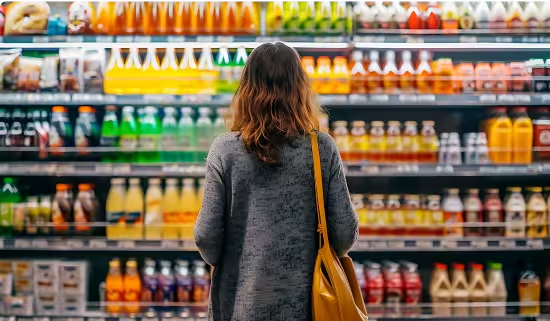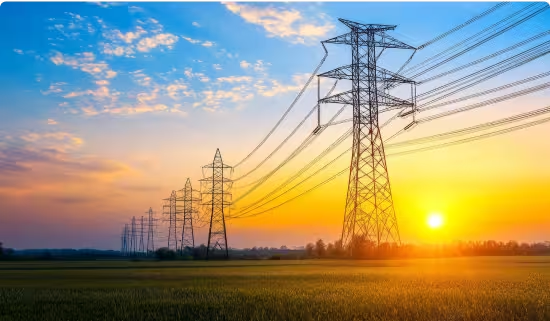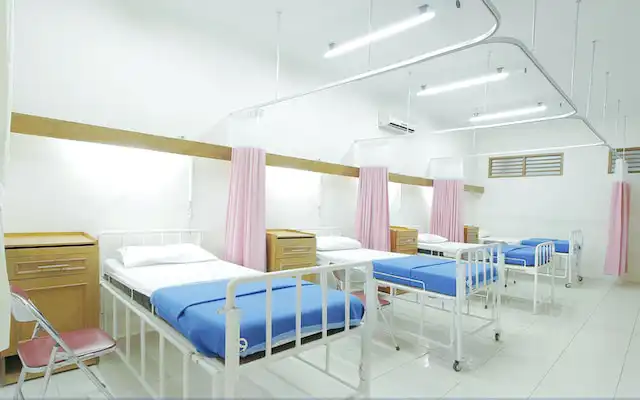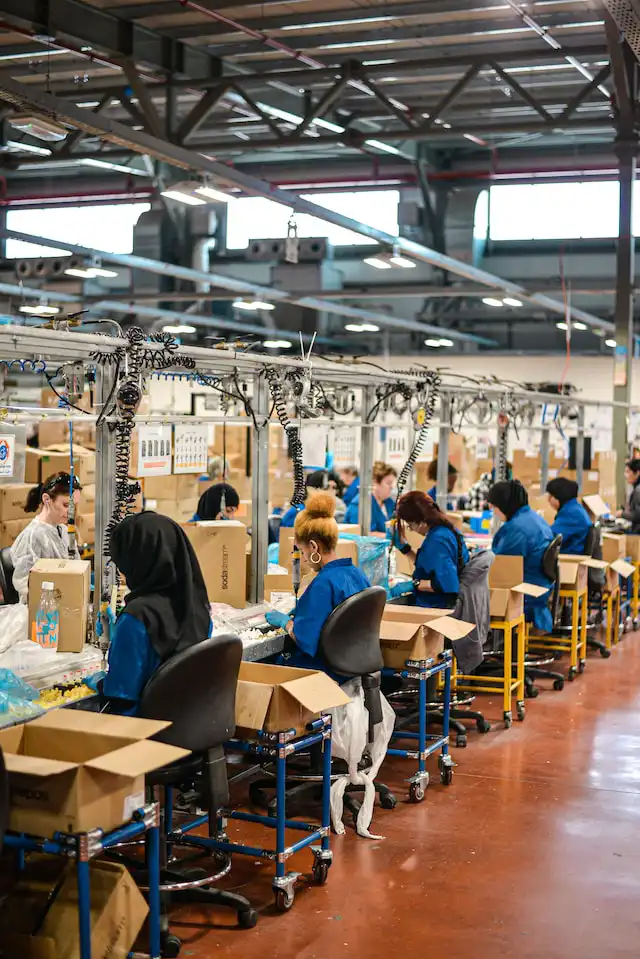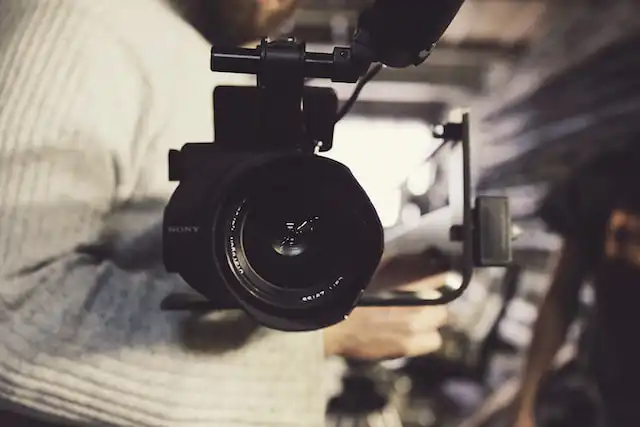
Brazil Apparel and Footwear Market Outlook to 2017
Women Apparel and Upcoming Sports Events to Drive Future Growth
Region:Central and South America
Product Code:KR94
October 2013
98
About the Report
The report titled 'Brazil Apparel and Footwear Market Outlook to 2017 - Women Apparel and Upcoming Sports Events to Drive Future Growth' provides a comprehensive analysis of the various aspects such as the market size of the Brazil apparel and footwear industry, market segments in Brazil apparel and footwear market and future outlook of the industry. The report also covers the market shares of major players in Brazil.
Brazil apparel and footwear market, which is hugely driven by textile consumption, personal disposable income, cotton consumption and Brazil population, registered revenues of USD ~ million in FY'2012. The interlinked designing methods and fashion trends in the country have been steadily dissolving the difference between sports apparel, fitness wear, casual and active wear, which has changed the buying behavior of the target audience. Versatility, fashion, style and comfort have created a high demand for apparel and footwear which provide better performance and strong appeal in terms of style and looks. The Brazil apparel and footwear market has grown at a CAGR of 9.3% from USD 36,222.0 million in FY'2006 to USD ~ million in FY'2012.
The retail landscape of apparel and footwear space in Brazil has been majorly occupied by global apparel and footwear players which include Nike, Adidas, Geox and Puma. The major channel of distribution for apparels and footwear has been brick and mortar stores. Some major native players also have a strong presence in the market. These include Alpargatas, Vulcabras, Grupo Dass and others. Additionally, in the recent years, online portals have become an important channel of sales for apparels and footwear. Online portals have gained popularity, especially among the youth on account of considerable exposure to technology and the internet.
On the basis of native companies, Brazil apparel and footwear market has been closely dominated amongst three major players. These are Le Lis Blanc with a share of ~%, Arezzo with a share of ~% and CIA Hering with a share of ~% in 2012. Other native companies which include small scale manufacturers, local companies and entrepreneurs contributed ~% to the overall apparel and footwear market landscape in 2012.
The deluge of upcoming events such as the FIFA World Cup in 2014 and Olympics in 2016 will drive the demand of apparels and footwears tremendously. Along with aggressive sales of football related apparels and footwears, the revenues from the overall apparel and footwear market in Brazil are likely to witness a stupendous incline during the time of the world cup. Several manufacturers have already started preparations for the upcoming football world cup in terms of introducing new products and tweaking their marketing campaigns for the event. These activities are expected to intensify in the coming months and provide a significant impetus to the sales of athletic apparels and footwear in Brazil. Revenues from the apparel and footwear industry in Brazil are expected to expand to USD ~ million in FY'2017, growing with a CAGR of 20.1% from FY'2012 to FY'2017.
Key Topics Covered in the Report:
- The market size of Brazil apparel and footwear industry, market size of apparel market, market size of footwear market, market size men's apparel market, market size of women's market, market size of children's apparel market and market size of athletic apparel and footwear market.
- Market segmentation of Brazil apparel industry on the basis of types of end user such as men, women, children and unisex.
- Market segmentation of Brazil apparel industry on the basis annual household income of the Brazilian population.
- Market segmentation of Brazil footwear industry on the basis of end user such as men, women and children.
- Market segmentation of Brazil footwear industry on the basis of types of footwear, geographical distribution and age of the users.
- Trends and Development in Brazil apparel and footwear industry.
- Competitive landscape and detailed company profiles of the major players of apparel and footwear in Brazil.
- Future outlook and projections of the apparel and footwear market in Brazil.
Products
Brazil apparel and footwear industry, menwear, womenwear and childrenwear, athletic apparel, sportswear, sports apparel, fitness wear, casual and acti
Companies
Nike, Adidas, Geox and Puma, Alpargatas, Vulcabras, Grupo Dass, Le Lis Blanc, CIA Hering, Arezzo
Table of Contents
1. Brazil Apparel and Footwear Market Introduction
1.1. Brazil Apparel and Footwear Market Size, 2006-2012
2. Brazil Apparel and Footwear Market Segmentation, 2006-2012
2.1. By Product, 2006-2012
3. Brazil Apparel Market Introduction
3.1. Brazil Apparel Market Value Chain
3.2. Brazil Apparel Market Size
3.2.1. By Value, 2006-2012
3.2.2. By Volume, 2006-2012
4. Brazil Apparel Market Segmentation, 2006-2012
4.1. By End User (Men, Women and Children Apparel), 2006-2012
4.1.1. Brazil Women Apparel Market Introduction and Size, 2006-2012
4.1.2. Brazil Men Apparel Market Introduction and Size, 2006-2012
4.1.3. Brazil Children Apparel Market Introduction and Size, 2006-2012
4.2. Brazil Apparel Market Segmentation on the Basis of Household Income, 2006-2012
5. Brazil Apparel Market Imports and Exports, 2006-2012
6. Brazil Footwear Market Introduction
6.1. Brazil Footwear Market Value Chain
6.2. Brazil Footwear Market Size
7. Brazil Footwear Market Segmentation
7.1. By Type of Footwear, 2009-2012
7.2. On the Basis of End User (Men, Women, Children and Unisex Footwear), 2011-2012
7.3. By Geographical Distribution, 2012
7.4. By Age of the Users, 2011-2012
8. Brazil Footwear Market Imports and Exports, 2009-2012
8.1. Footwear Imports By Country, 2009-2012
8.2. Footwear Exports By Country, 2009-2012
8.3. Footwear Imports and Exports By Types of Footwear, 2011-2012
9. Brazil Athletic Apparel and Footwear Market Introduction, 2006-2012
9.1. Brazil Athletic Apparel and Footwear Market Size, 2006-2012
9.2. Brazil Athletic Apparel and Footwear Market Segmentation, 2006-2012
9.2.1. By Apparel and Footwear
9.2.2. By Type of Footwear, 2012
9.2.3. By Distribution Channel, 2012
10. Market Share of Major Players in Brazil Apparel and Footwear Market
10.1. By International Companies, 2012
10.2. By Native Companies, 2012
10.3. By Athletic Apparel and Footwear Companies, 2012
11. Brazil Apparel and Footwear Market Trends and Developments, 2006-2012
Mushrooming of Specialty and Discount Stores
Ingress of International Players in the Market
Online Stores Gaining Traction
Increasing Role of Technology in Product Innovation
Prevalence of Consolidated Designing Methods
12. Brazil Apparel and Footwear Market Company Profiles
12.1. Alpargatas S.A
12.1.1. Company Overview
12.1.2. Business Strategies
Managing the brands with New Strategies
Expansion in Retailing Space
12.2. Vulcabras
12.2.1. Company Overview
12.2.2. Business Strategies
Partnerships with Leading Global Players
Key Focus on Athletic Apparel and Footwear Products
12.3. Adidas
12.3.1. Company Overview
12.3.2. Business Strategies
Increased Focus on Research and Development
Targeting the Middle-Class Segment of Brazil
12.4. Nike
12.4.1. Company Overview
12.4.2. Business Strategies
Increased Focus on Product Research and Development
Catapulting Cost-efficient Product Range
12.5. CIA Hering
12.5.1. Company Overview
12.5.2. Business Strategies
Increasing Retail Establishments
Revamped Current Business Strategies
Increasing Focus on Social Media
12.6. Arezzo Industria e Comercio S.A
12.6.1. Company Overview
12.6.2. Business Strategies
Expansion of Retail Stores in Other Countries
Increasing Brand Awareness by Adapting To Various Marketing Strategies
12.7. Puma
12.7.1. Company Overview
12.7.2. Business Strategies
Increasing Usage of Technology in Operations
Partnerships with other Companies
Adaptive measures to Change in Business Model
Expanding Buisness Overseas
13. Brazil Apparel and Footwear Market Future Outlook
13.1. Cause and Effect Relationship between Industry and Macro Economic Variables and Brazil Apparel and Footwear Market Future Prospects
13.2. SWOT Analysis of Brazil Apparel and Footwear Industry
14. Brazil Apparel and Footwear Market Macroeconomic Factors
14.1. Textile Consumption, 2006-2017
14.2. Cotton Consumption, 2006-2017
14.3. Brazil Population, 2006-2017
14.4. Brazil Personal Disposable Income, 2006-2012
15. Appendix
15.1. Market Definitions
15.2. Abbreviations
15.3. Research Methodology
Data Collection Methods
Approach
Variables (Dependent and Independent)
Final Conclusion
15.4. Disclaimer
Why Buy From Us?

What makes us stand out is that our consultants follows Robust, Refine and Result (RRR) methodology. i.e. Robust for clear definitions, approaches and sanity checking, Refine for differentiating respondents facts and opinions and Result for presenting data with story

We have set a benchmark in the industry by offering our clients with syndicated and customized market research reports featuring coverage of entire market as well as meticulous research and analyst insights.

While we don't replace traditional research, we flip the method upside down. Our dual approach of Top Bottom & Bottom Top ensures quality deliverable by not just verifying company fundamentals but also looking at the sector and macroeconomic factors.

With one step in the future, our research team constantly tries to show you the bigger picture. We help with some of the tough questions you may encounter along the way: How is the industry positioned? Best marketing channel? KPI's of competitors? By aligning every element, we help maximize success.

Our report gives you instant access to the answers and sources that other companies might choose to hide. We elaborate each steps of research methodology we have used and showcase you the sample size to earn your trust.

If you need any support, we are here! We pride ourselves on universe strength, data quality, and quick, friendly, and professional service.




